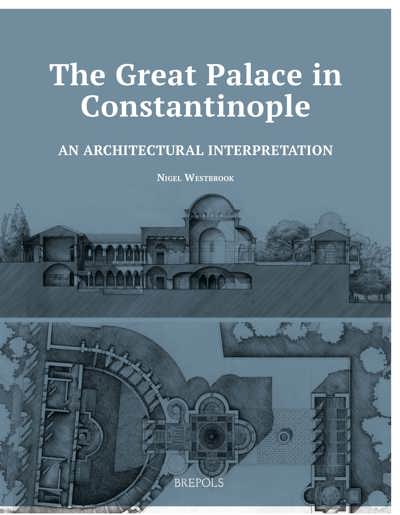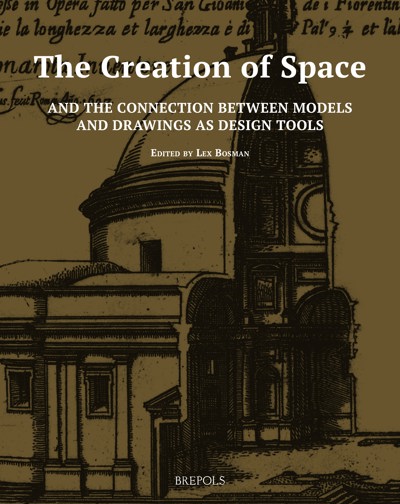
The Greek and Gothic Revivals in Europe 1750–1850
Romuald Kaczmarek, Agata Kubala (eds)
- Pages: 218 p.
- Size:216 x 280 mm
- Illustrations:29 b/w, 169 col.
- Language(s):English, German
- Publication Year:2024
- € 80,00 EXCL. VAT RETAIL PRICE
- ISBN: 978-2-503-61403-8
- Paperback
- Available
- € 80,00 EXCL. VAT RETAIL PRICE
- ISBN: 978-2-503-61404-5
- E-book
- Available
This book combines the Greek and Gothic Revival phenomena in the period between 1750 and 1850, showing the common cultural background of these artistic trends referring to the past.
Romuald Kaczmarek is an Art Historian and an Associate Professor in the Institute of Art History at the University of Wrocław.
Agata Kubala is a Classical Archaeologist and an Associate Professor in the Institute of Art History at the University of Wrocław.
This book combines the Greek and Gothic Revival phenomena in the period between 1750 and 1850, showing the common cultural background of these artistic trends referring to the past. It presents examples from almost all over Europe. In addition to the introductory text problematizing the idea, there are studies of more detailed issues - topographic shots presenting the aforementioned phenomena within artistic regions, presentations of projects undertaken by outstanding personalities of the era, as well as analyses of individual assumptions or works.
Foreword
Klaus Niehr, Without Dividing Lines: Greek, Roman and Gothic Revivals
Maria Nitka, The Ittar Family: An Example of the Internationality of the Greek Revival
Christina Clausen, Pictorial Imagination of the Gothic Revival: Architectural History of the Middle Ages in Paintings by Schinkel, Ahlborn and Hasenpflug
Irene (Rena) Fatsea, ‘Romantic Classicism’ as a Critical Key to Modernity Contrasting Receptions of Greek Architecture in a Transnational Context
Thodoris Koutsogiannis, Greek Revival Architecture in Greece: A National Style as Repatriation
Arvid Hansmann, Ein dezenter Klassizist und ein pragmatischer Romantiker. Die Sakralbauten von F.W. Dunckelberg (1773–1844) und F.W. Buttel (1796–1869) im einstigen (Groß-)Herzogtum Mecklenburg-Strelitz
Romuald Kaczmarek, Neugotik in Schlesien um 1800. Rundblick und Forschungslage
Heiner Krellig, Greek, Egyptian and Venetian Medieval Monuments in the Lost Garden of ‘Alticchiero’ on the Banks of the River Brenta, near Padova
Stephan Lehmann, Der Schlossumbau in Erbach und die Anlage des Englischen Gartens Eulbach (Odenwald) als frühe Zeugnisse des romantischen Historismus
Urszula Bończuk-Dawidziuk, Die Inspirationsquellen für die Wiederbelebung der griechischen Antike und der Gotik in der Gartenarchitektur des Landschaftsparks in Buchwald
Agata Kubala, ‘We are all Greeks’: The von Hoym Family Mausoleum in Brzeg Dolny (Lower Silesia) in the Context of the European Hellenomania
Jerzy Krzysztof Kos, Landhaus in Rosenthal (Mirosławice). Antike und Politik in der preußischen Architektur um 1800
Ruurd Binnert Halbertsma, Dark Masses versus Excellent Proportions: A Classicist’s View of Gothic and Classical Architecture
Susanne Mersmann, Gothic and Greek Art in a Globalized Scheme by Viollet-le-Duc in His Instructions for the Musées du Trocadéro in Paris
Athena S. Leoussi, Modern Renaissances: Reconciling the Greek Revival with the Gothic Revival, Athens with Jerusalem, in Nineteenth-Century European Culture and Art




